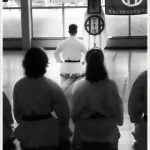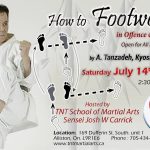
CONGRATULATIONS to Kyoshi Tanzadeh on achieving your 8th Dan from All Japan Karate Federation Shitokai as well as from the World Shitoryu Karatedo Federation on November, 03, 2018 in Kobe, Japan. This achievement by no doubt sources from your vast … Continue reading























